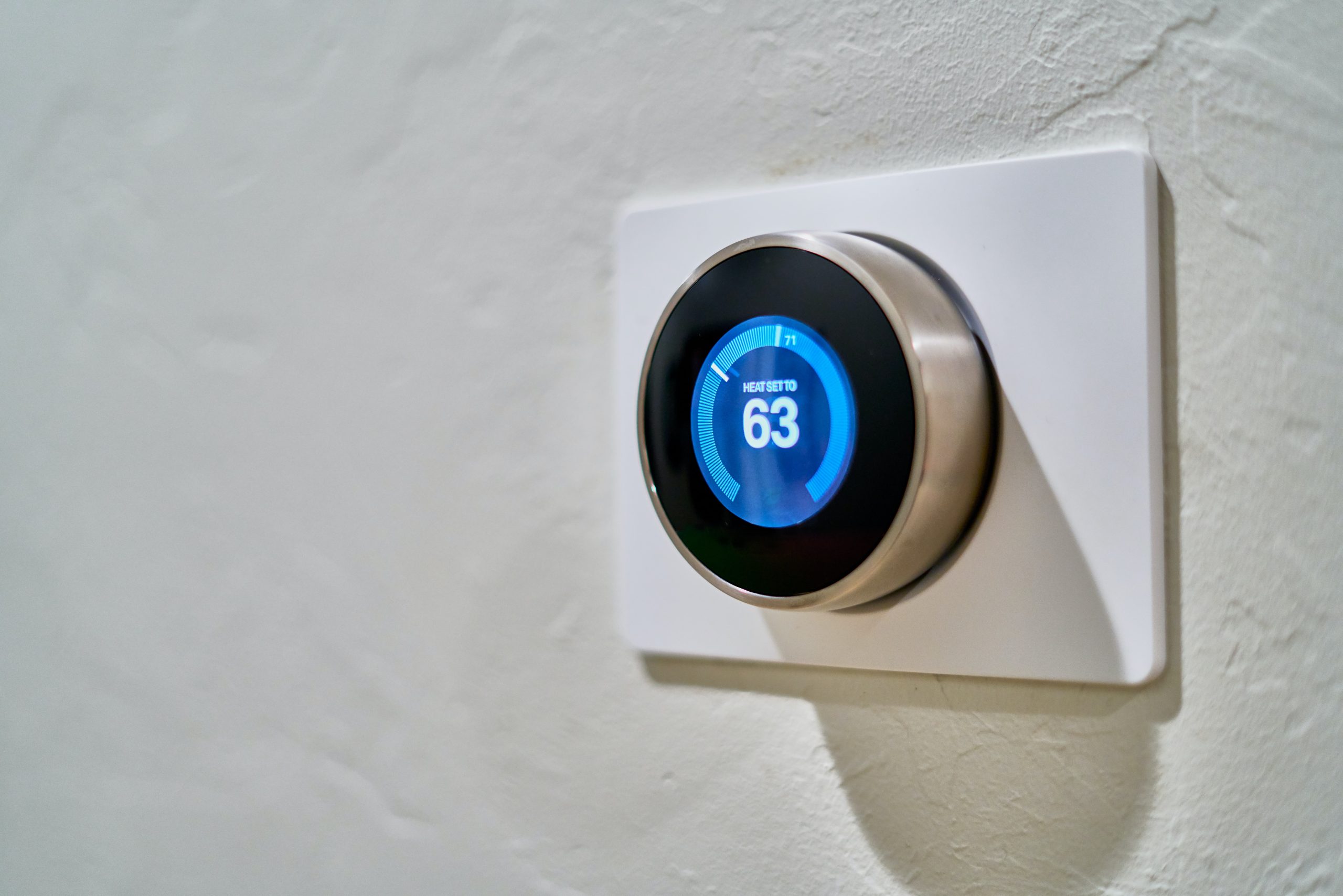Table of Contents
ToggleIntroduction:
Cold climate heat pumps are an innovative and sustainable solution for heating and cooling homes in colder climates. They work by transferring heat from the outside air to the inside of a building, providing warmth in the winter and cooling in the summer. In this article, we will explore the sustainable choices available for cold climate heat pumps.
Choosing the right type of cold climate heat pump:
When it comes to cold climate heat pumps, there are two types to choose from: air source and ground source. Both have their own advantages and disadvantages, but choosing the right one for your needs is essential.
Air source heat pumps:
Air source heat pumps work by absorbing heat from the outside air and transferring it to the inside of the building. They are more affordable and easier to install compared to ground source heat pumps. They can also be used for both heating and cooling purposes. However, they are less efficient in colder temperatures, making them less effective in extremely cold climates.
Ground source heat pumps:
Ground source heat pumps use the ground as a heat source, absorbing heat from the ground and transferring it to the building. They are more efficient than air source heat pumps and can work effectively in extreme cold climates. However, they are more expensive and require more installation work.
Energy efficiency:
One of the most important aspects of choosing a sustainable cold climate heat pump is its energy efficiency. A more efficient system will use less energy, reducing its impact on the environment and saving you money on energy bills.
SEER and HSPF ratings:
When choosing a cold climate heat pump, it’s important to pay attention to its SEER (Seasonal Energy Efficiency Ratio) and HSPF (Heating Seasonal Performance Factor) ratings. The higher these ratings, the more efficient the system. Look for systems with a SEER rating of 16 or higher and an HSPF rating of 8.5 or higher.
Inverter technology:
Another energy-efficient feature to look for in cold climate heat pumps is inverter technology. This technology allows the system to adjust its output to match the heating or cooling needs of the building, reducing energy waste.
Proper installation and maintenance:
Proper installation and maintenance of a cold climate heat pump are essential for ensuring its longevity and optimal energy efficiency.
Professional installation:
Always have a professional install your cold climate heat pump. Improper installation can lead to energy waste, reduced efficiency, and even system failure.
Regular maintenance:
Regular maintenance of your cold climate heat pump is also essential. This includes cleaning or replacing filters, checking refrigerant levels, and ensuring proper airflow. Regular maintenance will ensure your system operates at maximum efficiency, reducing energy waste and extending the lifespan of the system.
Choosing a reputable brand:
Choosing a reputable brand for your cold climate heat pump is another important factor in ensuring sustainability. Look for brands that prioritize energy efficiency, use eco-friendly materials, and offer warranties and service guarantees.
Energy Star certified:
Look for cold climate heat pumps that are Energy Star certified. Energy Star certification guarantees that the system meets or exceeds energy efficiency standards set by the EPA (Environmental Protection Agency).
Environmentally friendly materials:
Some brands prioritize the use of environmentally friendly materials in their cold climate heat pumps. Look for systems that use non-toxic refrigerants and other eco-friendly components.
There are many sustainable cold climate heat pump options available on the market today. Here are a few examples:
Mitsubishi Electric Hyper-Heating INVERTER (H2i) MSZ-FH:
The Mitsubishi Electric H2i MSZ-FH series is an Energy Star certified air source heat pump that is specifically designed for use in colder climates. It has a high HSPF rating of up to 13.5 and an SEER rating of up to 30.5. It also features inverter technology, which allows it to adjust its output to match the heating or cooling needs of the building, reducing energy waste.
Bosch Inverter-Driven Split System Heat Pump:
The Bosch Inverter-Driven Split System Heat Pump is an Energy Star certified air source heat pump that is designed for use in colder climates. It has a high HSPF rating of up to 10 and an SEER rating of up to 23. It also features inverter technology, which allows it to adjust its output to match the heating or cooling needs of the building, reducing energy waste.
WaterFurnace 7 Series Variable Capacity Geothermal Heat Pump:
The WaterFurnace 7 Series is a ground source heat pump that is designed for use in colder climates. It features variable capacity technology, which allows it to adjust its output to match the heating or cooling needs of the building, reducing energy waste. It also has a high HSPF rating of up to 5.3 and an EER rating of up to 41.
Carrier Infinity 24 Heat Pump with Greenspeed Intelligence:
The Carrier Infinity 24 Heat Pump is an Energy Star certified air source heat pump that is designed for use in colder climates. It features Greenspeed Intelligence, which allows it to adjust its output to match the heating or cooling needs of the building, reducing energy waste. It also has a high HSPF rating of up to 13 and an SEER rating of up to 20.5.
It’s important to note that while these heat pumps are sustainable options, choosing the right one for your specific needs requires careful consideration of factors such as size, location, and climate. Consulting with a professional is recommended to ensure the best possible choice for your specific situation.
Conclusion:
Choosing a sustainable cold climate heat pump involves careful consideration of factors such as energy efficiency, installation, maintenance, and brand reputation. By choosing the right system, maintaining it properly, and choosing a reputable brand, you can reduce your energy consumption, save money on energy bills, and reduce your environmental impact.







